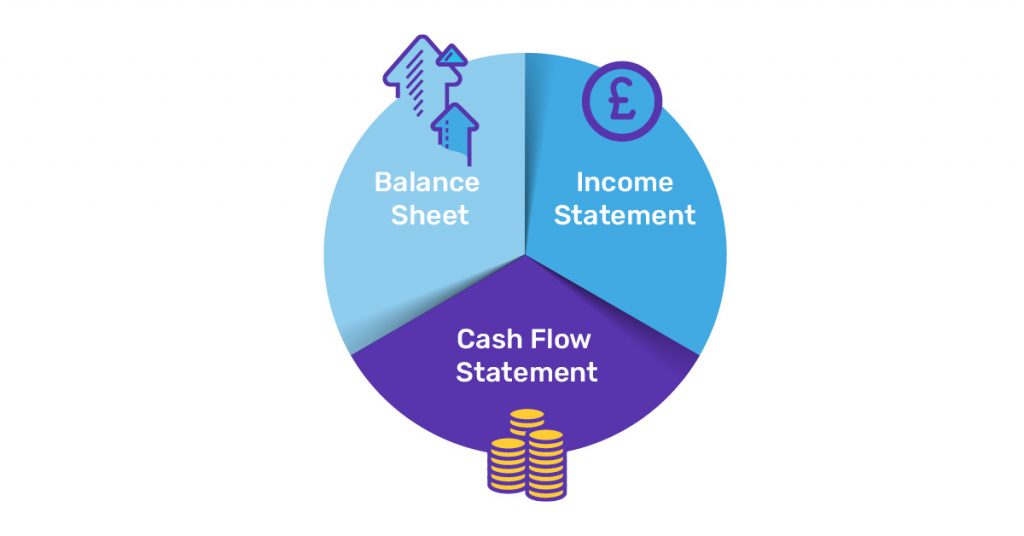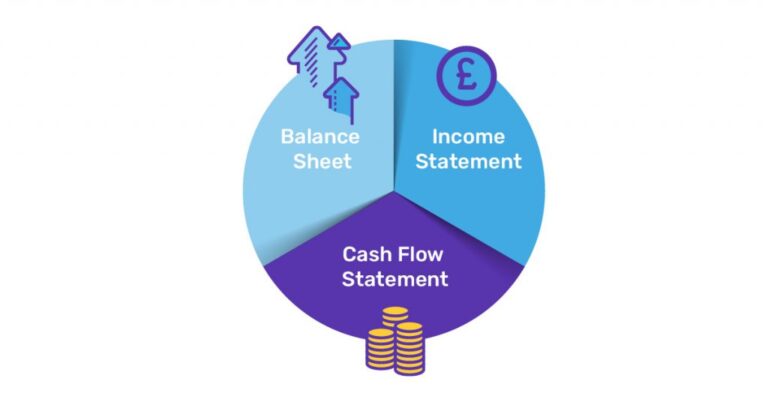Expanding into new markets is a pivotal milestone for organisations seeking sustainable growth and competitive advantage. A well-crafted market entry plan ensures success by mitigating risks and maximising opportunities. This article will guide you through every critical aspect of developing a strategic market entry plan that positions your business for long-term success.
What is a Market Entry Plan?

A market entry plan is a strategic framework designed to help businesses penetrate new markets effectively. It encompasses a detailed analysis of the target market, competitive landscape, customer needs, pricing strategies, and operational considerations. This plan is a blueprint for navigating the complexities of entering unfamiliar territories, ensuring a seamless transition and measurable results.
Why is a Market Entry Plan Essential?
Expanding into a new market without a strategic approach can lead to missteps, wasted resources, and lost opportunities. Here’s why a market entry plan is indispensable:
- Mitigates Risks: Thorough research helps identify potential challenges, such as regulatory barriers, cultural nuances, and economic conditions.
- Optimizes Resources: Allocating time, money, and workforce effectively ensures efficient execution.
- Increases Competitive Advantage: A tailored strategy positions your brand distinctively, gaining traction in a crowded market.
- Enhances Decision-Making: Data-driven insights provide a clear path to achieving business goals.
Critical Components of an Effective Market Entry Plan
1. Comprehensive Market Research

Understanding the market is the cornerstone of a successful entry. Conduct extensive research to uncover:
- Market Size and Potential: Evaluate the total addressable market (TAM), serviceable available market (SAM), and growth forecasts.
- Customer Demographics: Understand the age, income, preferences, and behaviour of your target audience.
- Cultural Nuances: Adapt your messaging to align with local traditions, languages, and societal values.
- Regulatory Landscape: Familiarize yourself with legal requirements, taxation, and trade policies.
2. Competitor Analysis
Assess the strengths and weaknesses of existing players in the market. Focus on:
- Direct Competitors: Companies offering similar products or services.
- Indirect Competitors: Substitute solutions that may pose a threat.
- Competitive Gaps: Uncover underserved areas where your business can add unique value.
3. Value Proposition Development
Your value proposition must resonate with the new market. Consider:
- Differentiation: Highlight unique features that set your offering apart.
- Customer Pain Points: Tailor solutions to address specific local challenges.
- Emotional Connection: Leverage storytelling to foster loyalty and trust.
4. Strategic Entry Modes

Select an entry mode that aligns with your objectives, budget, and risk appetite. Common options include:
- Direct Exporting: Selling directly to customers or retailers in the target market.
- Partnerships and Joint Ventures: Collaborating with local businesses to leverage their expertise.
- Franchising: Licensing your brand to independent operators.
- Acquisitions: Purchasing an existing company to gain immediate market access.
5. Pricing Strategy
Pricing can make or break your market entry. Ensure your pricing strategy balances competitiveness and profitability:
- Penetration Pricing: Setting low prices to gain rapid market share.
- Premium Pricing: Positioning your product as a high-value offering.
- Dynamic Pricing: Adjusting prices based on market demand and customer behaviour.
Developing a Step-by-Step Market Entry Plan
Step 1: Set Clear Objectives

Define what success looks like for your market entry. Objectives may include:
- Achieving a specific revenue target within the first year.
- Capturing a designated market share.
- Building brand awareness among a certain percentage of the population.
Step 2: Assemble a Dedicated Team
Deploy a team with market analysis, operations, marketing, and sales expertise. Empower them with the tools and resources necessary for seamless execution.
Step 3: Develop a Go-to-Market Strategy

Craft a comprehensive plan to introduce your product or service, including:
- Marketing Campaigns: Leverage digital and traditional media channels to create buzz.
- Sales Enablement: Equip your salesforce with training and resources tailored to the new market.
- Distribution Channels: Choose logistics partners who can ensure timely delivery and quality service.
Step 4: Pilot and Adjust
Begin with a pilot launch to gauge the market’s response. Collect feedback, analyse performance metrics, and refine your strategy accordingly.
Step 5: Scale Operations
Once the pilot succeeds, scale up by investing in infrastructure, expanding your workforce, and strengthening local partnerships.
Measuring Success in Market Entry

Tracking your performance is vital to ensuring sustained growth. Use the following key performance indicators (KPIs):
- Market Share Growth: Measure the percentage of total sales within the target market.
- Customer Acquisition Cost (CAC): Assess the cost-effectiveness of your marketing efforts.
- Customer Lifetime Value (CLV): Evaluate the long-term profitability of acquired customers.
- Net Promoter Score (NPS): Gauge customer satisfaction and loyalty.
Overcoming Common Challenges
Cultural Misalignment
Solution: Invest in cultural training and localisation to align your brand with local values.
Regulatory Barriers
Solution: Work with legal consultants to navigate compliance issues and reduce delays.
Supply Chain Disruptions
Solution: Partner with reliable suppliers and develop contingency plans to address unexpected challenges.
Conclusion
Expanding into new markets is both an opportunity and a challenge. A meticulously designed market entry plan can distinguish between thriving and struggling. By focusing on research, strategic execution, and continuous adaptation, your business can unlock unparalleled growth and establish a formidable presence in any market.
Let us empower you to take the first step in crafting a market entry plan that drives results and ensures lasting success.












